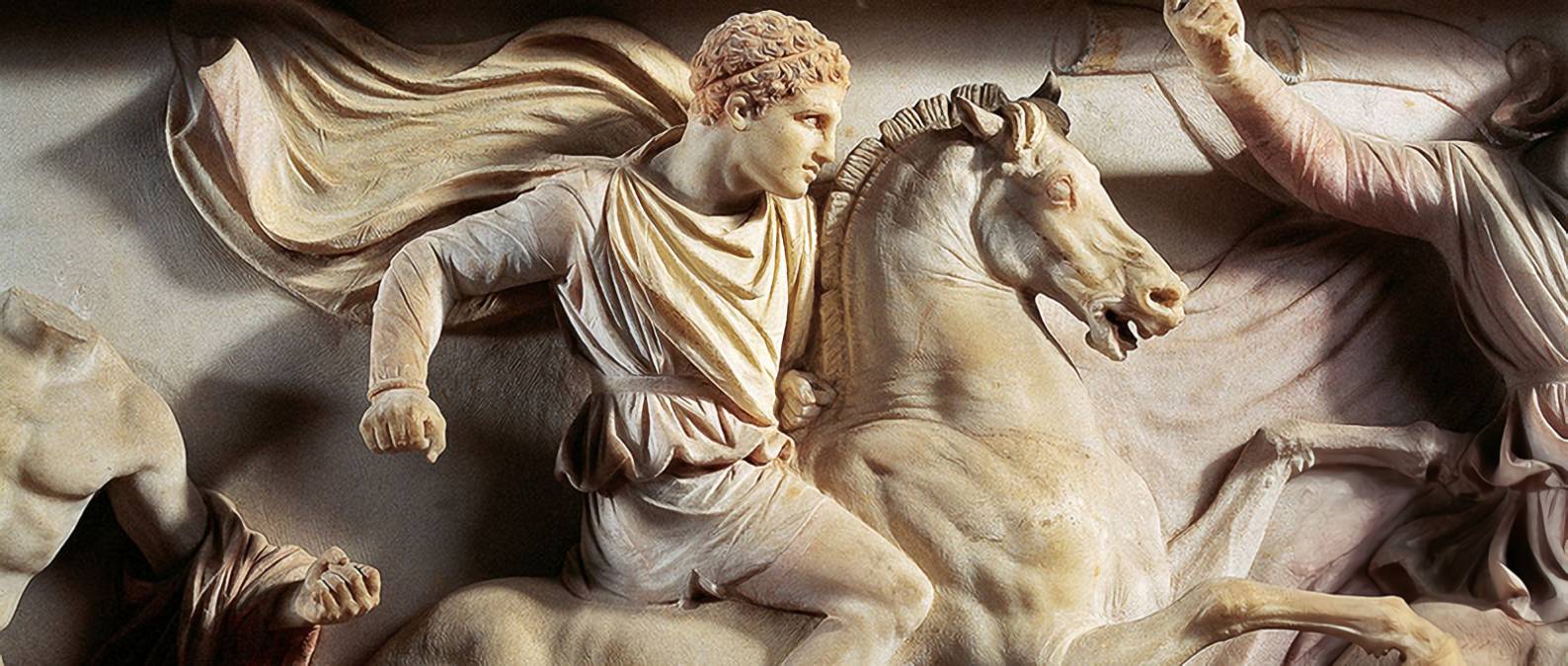There are some historical mysteries that may never be solved, from the date that Jesus was born to the identity of Jack the Ripper to the location of Cleopatra’s tomb.
Sometimes, that’s because the relevant excavated material has been lost or an archaeological site has been destroyed. Other times, it’s because new evidence is unlikely to come forward or the surviving evidence is too vague to lead scholars to a consensus.
The lack of answers only makes these enigmas more intriguing. Here, we take a look at 12 of these historical questions that may never have definitive explanations.
1 – WHERE IS ALEXANDER THE GREAT BURIED?

By the tender age of 32, Alexander the Great had swept across Asia, conquering a region from the Balkans to Pakistan and ruling over the biggest empire in the ancient world. Then, in 323 B.C., he died, and his empire fell like a house of cards.
The ruler was felled by an illness in Babylon, now Iraq. Historical documents suggest one of his general brought his body back to ancient Egypt two years later and that his body was held in the city of Memphis while a tomb was built for him in Alexandria.
However, no one knows exactly where that iconic tomb is located. Some have suggested it has sunk beneath the waves, because it was built in the “Palaces District” that is now submerged.
If that’s the case, it may have been destroyed now by millennia of both human and natural forces, experts previously said.
Even if it were to be found eventually, there would likely be few identifying marks proving the tomb belonged to the ancient world’s greatest leader.
The historians who described the building of the tomb left little in the way of physical description, so researchers would need an intact inscription to find it, experts said.
2 – WAS THERE A REAL KING ARTHUR?

The story of King Arthur has been told and retold numerous times over more than 1,000 years. Camelot, the knights of the round table, the wizard Merlin and the sword Excalibur are all famous parts of the Arthurian tales.
However, if King Arthur did really exist, the reality was likely less magical. The earliest surviving accounts date to the ninth century and tell of a leader (perhaps not even a king) who fought several battles against the Saxons; even the accuracy of these accounts is debatable.
There are a number of sites in Britain that legends link to King Arthur, such as Tintagel, a coastal site that was supposedly King Arthur’s home; but excavations have not confirmed whether Arthur ever lived there or even existed. Ultimately, it seems unlikely that scholars will ever know for sure whether there was a real King Arthur or whether the man was purely fictional.
3 – WHAT HAPPENED TO THE ‘VANISHED’ COLONISTS AT ROANOKE?
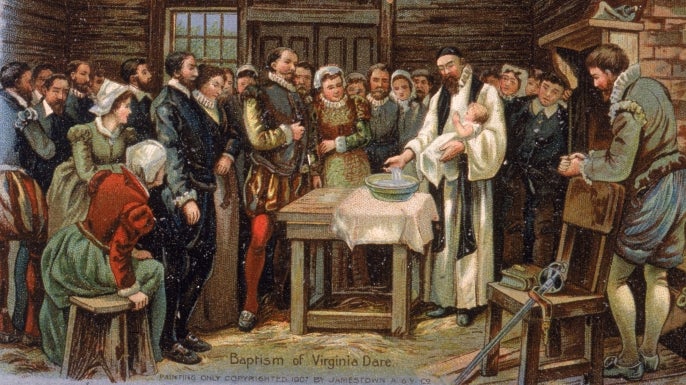
On July 22, 1587, John White arrived to Roanoke Island with another 120 people along with him. A few months later, he sailed back to England, hoping to restock on badly needed supplies. But when he finally returned three years later, every last resident had vanished.
The only clue to their potential whereabouts? The mysterious word CROATOAN carved on a palisdae, and another CRO carved on a tree. White assumed the residents had traveled to Croatoan Island, which is now called Hatteras Island. But a storm blew in and prevented White from reaching the island, and he never raised enough money for another search.
Some documents suggest Chief Powhattan kiled some of the colonists, but there’s no archaeological evidence to back that up. Other theories propose the residents were attacked by Native Americans or by the Spanish. Others assume the colonists simply died of natural causes.
Whatever the case, the fate of the colonists is “the biggest unsolved mystery in American history,” says William Kelso, emeritus director of archaeology and research at the Jamestown Rediscovery Foundation.
4 – WHERE IS WILLIAM KIDD’S TREASURE HIDDEN?

William Kidd, more commonly known as Captain Kidd, was an infamous Scottish privateer who sailed the seas in the late 1600s. He was commissioned to arrest pirates by the British government but was ultimately hanged for piracy himself in 1701.
Before his ignominious death, Kidd captured and plundered many ships. But the one of that got him in hot water was the Quedagh Merchant, a Moorish trading ship laden with gold, silver, silks, satins and other treasures from India. Kidd claimed it was a legitimate target, given it was controlled by the French. But it had an English captain and Indian merchandise, and the Moghul emperor at the time threatened to close off trade routes for the East India Company in response, Reuters reported.
When he discovered he’d been branded a pirate, he abandoned the ship, which sank off the Caribbean. The wreckage of the Quedach Merchant was finally found in 2007.
During his trial, Kidd wrote a letter claiming he pilfered around 100,000 British pounds and buried it somewhere, offering to trade the location for his life, according to Reuters. However, during the trial it was estimated that the takings from all his time aboard the Adventure Galley likely totaled closer to 400,000 pounds. To his dying breath, Kidd argued he was a legitimate privateer who had only ever plundered targets approved by the crown. But he was hung and his body covered with pitch and squeezed in an iron cage displayed over the Thames.
Either way, none of this treasure has ever been recovered, and likely never will be.
5 – WHO WAS JACK THE RIPPER?
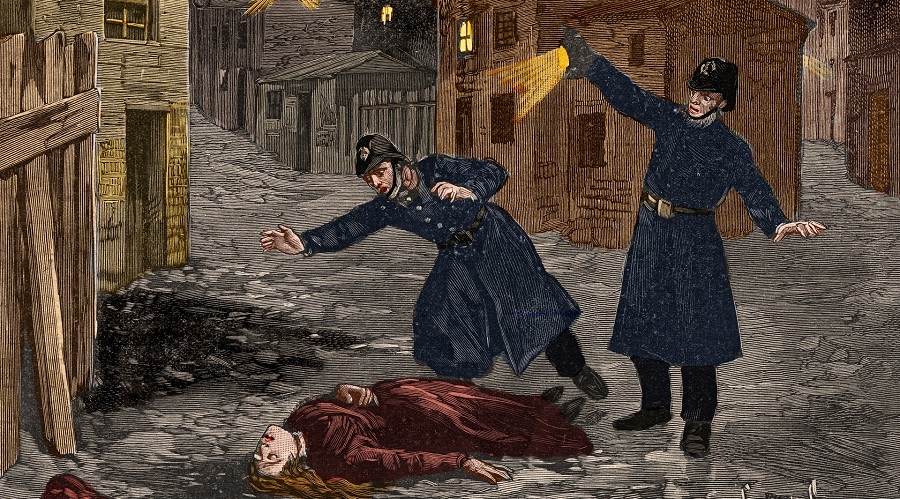
In 1888, Jack the Ripper killed at least five women in London, mutilating their bodies. A number of letters, supposedly from the Ripper, were sent to police taunting officers’ efforts to find the Ripper. (Whether any of them were actually written by the Ripper is a matter of debate among scholars.) The name “Jack the Ripper” comes from these letters.
Needless to say, the Ripper was never found, and over the years, dozens of people have been brought up as possible candidates. In his 2012 book “Jack The Ripper: The Hand Of A Woman,” John Morris suggests that a woman named Lizzie Williams was the Ripper, although other Ripper experts cast doubt on it. It appears unlikely that the true identity of the Ripper will ever be known for sure.
6 – WHERE IS JIMMY HOFFA?
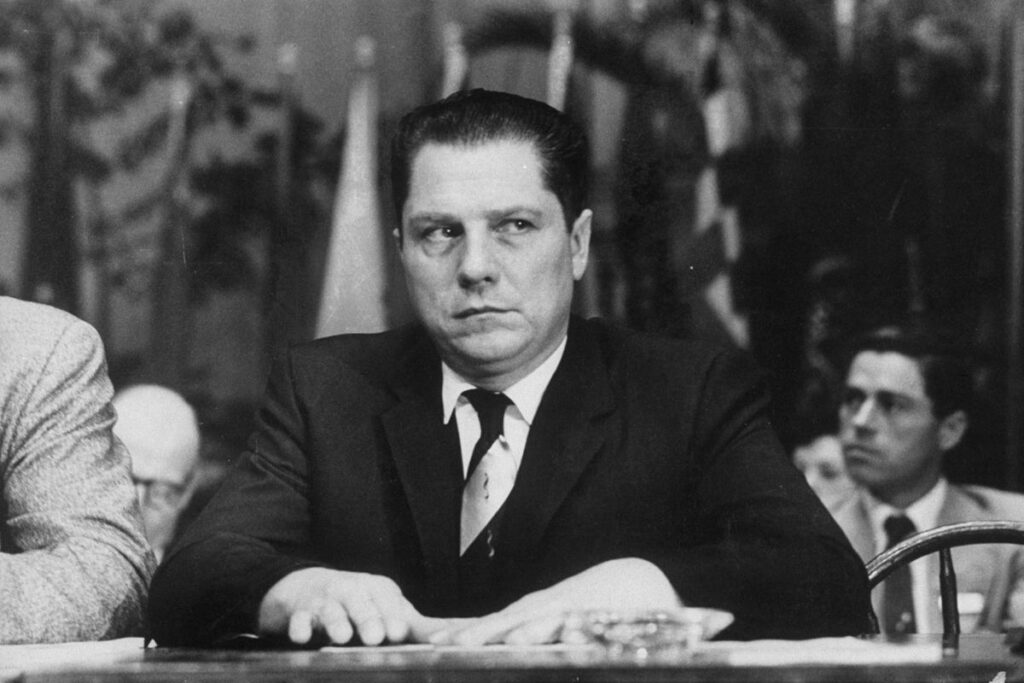
The teamster union leader known for his involvement in organized crime disappeared in Oakland County, Michigan, on July 30, 1975, and was declared legally dead in 1982. The identity of his killer(s) and the location of his body are ongoing mysteries. Police and forensic anthropologists have searched a number of sites in Detroit and Oakland County to no avail.
One popular theory was that Hoffa’s body was buried beneath Giants Stadium in New Jersey. However, this theory has been debunked. On Oct. 25 and 26, 2021, FBI agents visited a former landfill in New Jersey to conduct a “site survey,” according to The New York Times. The survey is a follow-up to a a deathbed confession by a landfill worker claiming that people had charged he and his father with burying Hoffa’s body in a steel barrel under the dump in 1975. The agents apparently didn’t find the steel barrel.
“Nothing of evidentiary value was discovered during that search,” Mara Schneider, an FBI spokeswoman in Detroit, said according to The Guardian in July 2022. “While we do not currently anticipate any additional activity at the site, the FBI will continue to pursue any viable lead in our efforts to locate Mr Hoffa.”
The identity of his killer is also unclear. Before his death in 2006, Richard “The Iceman” Kuklinski, a hit man, claimed to have killed Hoffa and dumped his body in a scrap yard, The Guardian reported. An author named Philip Carlo visited Kuklinski in prison before he died and wrote a book on Kuklinski’s confessions. After the book came out, a number of police officers cast doubt on the confession in media interviews. As the years go by, it appears increasingly unlikely that Hoffa’s remains will ever be found.
7 – WHERE IS CLEOPATRA’S TOMB?

Ancient writers claim that Cleopatra VII and her lover, Mark Antony, were buried together in a tomb after their deaths in 30 B.C. The writer Plutarch (A.D. 45 to 120) wrote that the tomb was located near a temple of Isis, an ancient Egyptian goddess, and was a “lofty and beautiful” monument containing treasures made of gold, silver, emeralds, pearls, ebony and ivory.
The location of the tomb remains a mystery. In 2010, Zahi Hawass, Egypt’s former antiquities minister, conducted excavations at a site near Alexandria now called Taposiris Magna, which contains a number of tombs dating to the era when Cleopatra VII ruled Egypt. While many interesting archaeological discoveries were made, Cleopatra VII’s tomb was not among them, Hawass reported in a series of news releases. Archaeologists have noted that even if Cleopatra’s tomb does survive to this day, it may be heavily plundered and unidentifiable.
8 – WHO KILLED JFK?

This is one of the biggest mysteries in American history that will never be resolved to everyone’s satisfaction. On Nov. 22, 1963, President John F. Kennedy was shot in Dallas by Lee Harvey Oswald (although some speculate that he wasn’t the only shooter). On Nov. 24, 1963, before Oswald could stand trial, Oswald was fatally shot by nightclub owner Jack Ruby. Ruby died of lung cancer on Jan. 3, 1967.
The most widely accepted explanation is that Oswald killed JFK on his own and Ruby killed Oswald, on his own volition. Ruby’s stated motivation was to spare Jacqueline Kennedy “the discomfiture of [Oswald] coming back to trial.” However there are still a significant number of professional historians, along with many amateurs, who do not agree with this explanation and since JFK’s death, numerous alternative explanations have been brought forward by historians and amateurs. Given that significant new evidence is unlikely to appear, a firm consensus will probably never be reached.
9 – WERE THE HANGING GARDENS OF BABYLON REAL?

Ancient writers describe a fantastic series of gardens constructed at the ancient city of Babylon in modern-day Iraq. It’s not clear when these gardens were built, but some ancient writers were so impressed by the gardens that they called them a “wonder of the world.” Around 250 B.C., Philo of Byzantium wrote that the Hanging Gardens had “plants cultivated at a height above ground level, and the roots of the trees are embedded in an upper terrace rather than in the earth.”
So far, archaeologists who have excavated Babylon have been unable to find the remains of a garden that meets this description. This has left archaeologists with a question: Did the hanging gardens really exist? In 2013, Stephanie Dalley, a researcher at the University of Oxford, proposed in a book that the gardens were actually located at the Assyrian city of Nineveh. Over the past two decades, both Babylon and Nineveh have suffered damage from wars and looting, and it seems unlikely that this mystery will ever be fully solved.
10 – IS THERE A CITY OF ATLANTIS?
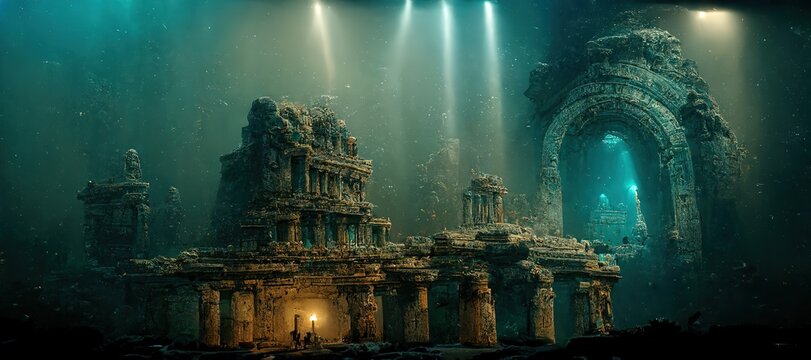
Writing in the fourth century B.C., the Greek philosopher Plato told a story of a land named Atlantis that existed in the Atlantic Ocean and supposedly conquered much of Europe and Africa in prehistoric times. In the story, the prehistoric Athenians strike back against Atlantis in a conflict that ends with Atlantis vanishing beneath the waves.
While no serious scholar believes that this story is literally true, some have speculated that the legend could have been inspired, in part, by real events that happened in Greek history. One possibility is that the Minoan civilization (as it’s now called), which flourished on the island of Crete until about 1400 B.C., could have inspired the story of Atlantis. Although Crete is in the Mediterranean, and not the Atlantic, Minoan settlements suffered considerable damage during the eruption of Thera, a volcano in Greece.
Additionally, archaeologists found that the Minoans were eventually overcome (or forced to join with) a group of people called the Mycenaeans, who were based on mainland Greece. It’s unlikely that this debate will ever be fully settled.

